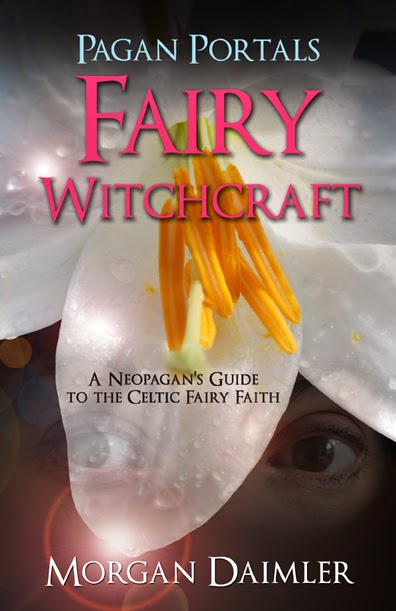Book Review: Voices of the Sacred Feminine

Today I'm reviewing a lovely book that really captures the essence of the Goddess Spirituality movement and makes it meaningful for people - both women and men - in ordinary life. I enjoyed talking with the author on her radio show a few weeks back about Minoan spirituality and its egalitarian values. This book emphasizes similar values and gives a wide variety of interesting viewpoints. Mythology drives culture and hence politics and the economy, so in order to change politics and economics, we have to change the mythology. That is exactly what Karen Tate has been doing for nearly a decade now with her radio show Voices of the Sacred Feminine. Her new book, also titled Voices of the Sacred Feminine , is an anthology that collects many powerful thoughts about Goddess spirituality as a tool for implementing that change on a personal, community and world level. Some of the pieces are essays written for this collection and some are transcripts of interviews from the radio show...














